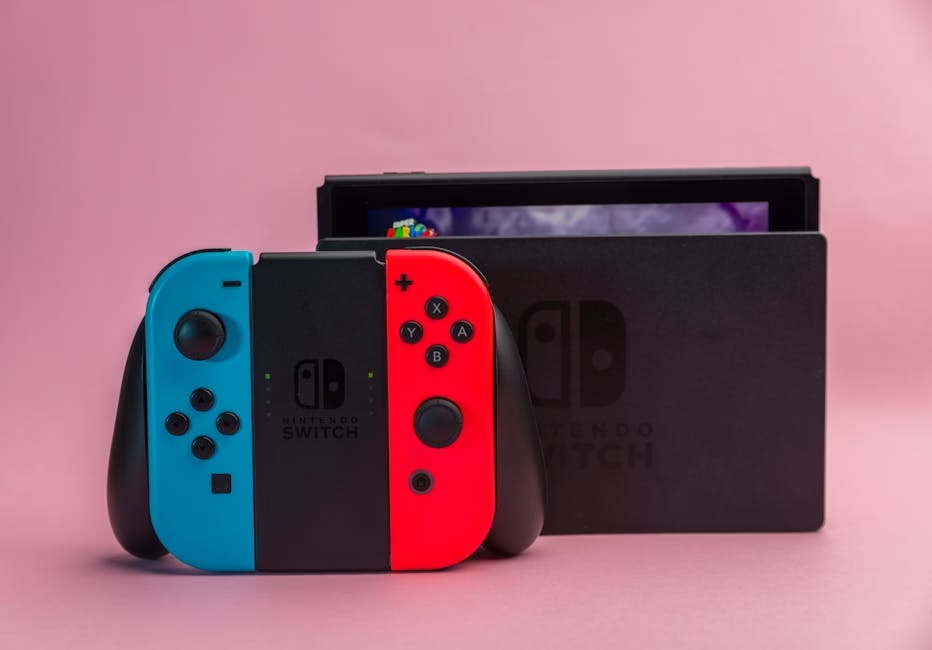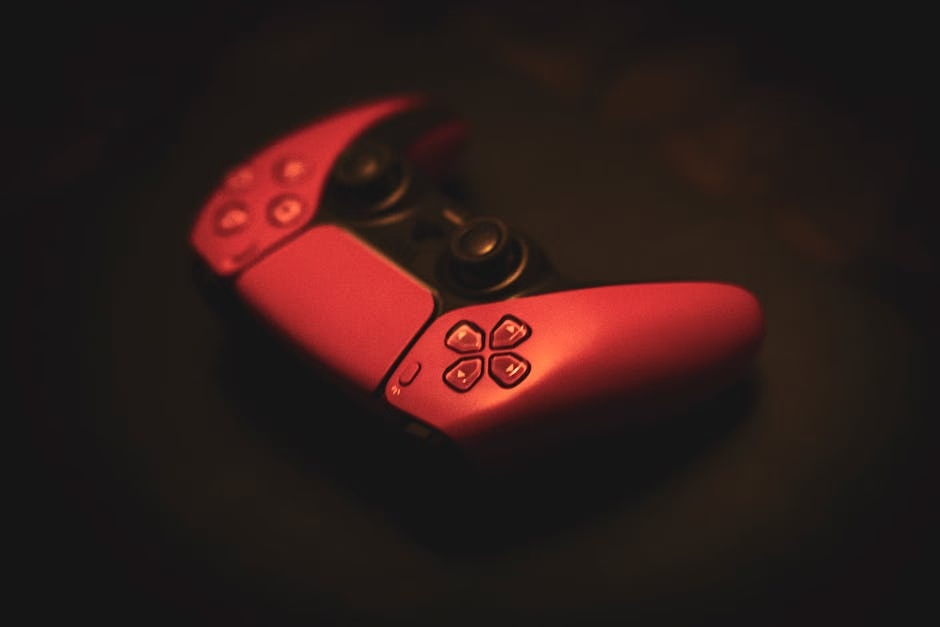The Decline of Huawei: Past Challenges
The journey of Huawei in the global smartphone market has been fraught with significant challenges that have contributed to its steep decline. Once a dominant player, Huawei’s success began to wane primarily due to a series of sanctions imposed by the United States government. In 2019, Huawei was placed on the Entity List, which restricted American companies from doing business with the Chinese tech giant. This move had profound implications for Huawei, particularly regarding its ability to source critical components and software necessary for its smartphones.
One of the most notable impacts of the sanctions was Huawei’s inability to access Google Mobile Services, a crucial feature that many Android users expect. The absence of these services significantly hampered Huawei’s competitiveness in international markets, particularly in Europe and North America. As a result, the company saw a drastic decline in its market share, plummeting from approximately 18% in 2020 to below 4% by 2023 according to various industry reports.
Moreover, the restrictions on acquiring essential technologies exacerbated challenges in the supply chain, leading to difficulties in manufacturing high-end devices. The U.S. sanctions not only affected Huawei’s production capabilities but also influenced consumer sentiment. Many potential buyers became wary of investing in a brand plagued by uncertainty, prompting a sales decline that further entrenched Huawei’s difficulties. In 2021, smartphone sales fell by more than 20% compared to previous years, signaling a significant loss of ground to competitors like Samsung and Apple.
In light of these challenges, Huawei has had to shift its strategy dramatically. The company’s focus has turned inward, emphasizing the development of in-house chips and software to decrease reliance on foreign technology. This strategic pivot is essential as it seeks to reclaim its position in the global smartphone market.

The Rise of In-House Chips: A Strategic Move
In recent years, the Huawei Corporation has faced significant challenges in the global smartphone market, leading to a decisive pivot towards the development of in-house chips. Historically, the company relied heavily on third-party chip manufacturers, such as Qualcomm and MediaTek, to power its devices. This strategy was effective for a time, allowing Huawei to focus on design and marketing while outsourcing the complexities of semiconductor fabrication. However, external pressures, including trade restrictions and tariffs, have compelled Huawei to rethink this dependence on external suppliers.
The transition to in-house chip production was not without its challenges. Establishing semiconductor manufacturing capabilities requires substantial investment in technology and expertise. Huawei confronted hurdles such as sourcing advanced materials and employing skilled labor, as well as navigating intellectual property issues. Despite these obstacles, the company recognized that the creation of proprietary chips could provide a competitive edge in several ways. By developing its own semiconductors, Huawei gains greater control over the supply chain, reduces costs, and enables the optimization of hardware and software integration, ultimately enhancing device performance.
Moreover, the introduction of the HarmonyOS plays a pivotal role in this strategic vision. As Huawei’s proprietary operating system, HarmonyOS is designed to create a seamless ecosystem that integrates various devices, including smartphones, tablets, and smart home products. By utilizing its in-house chips alongside HarmonyOS, Huawei can ensure that its devices operate efficiently, delivering a unified user experience. This alignment of hardware and software will be crucial in reinforcing the company’s market position as it seeks to regain lost ground in the global smartphone landscape. The commitment to in-house chip production underscores Huawei’s resilience and determination to innovate in a rapidly evolving tech landscape.
Market Re-entry Plans: Targeting Global Consumers
Huawei’s strategic plans for re-entering the global smartphone market are centered around a multifaceted approach that aims to reconnect with consumers and restore its brand presence. A crucial element of this strategy involves targeted marketing campaigns designed to highlight the unique features and innovations of its new smartphones. By harnessing social media platforms and localized advertising, Huawei intends to engage potential users across different regions, emphasizing its commitment to quality and user satisfaction.
Partnerships with developers form another cornerstone of Huawei’s market re-entry plan. The company aims to foster collaborations with both local and international app developers to enhance its ecosystem, ensuring that consumers have access to a diverse range of applications that cater to their needs. This initiative not only addresses the software gap left by previous sanctions but also reinforces Huawei’s position as a competitive player in the smartphone industry.
As for product launches, Huawei is focusing on offering a robust lineup that includes both flagship models and budget-friendly options. The flagship devices are expected to feature the latest in-house chip technology, showcasing powerful performance and cutting-edge functionalities. Simultaneously, budget-friendly options are being developed to capture the price-sensitive segments of the market, particularly in emerging economies, where Huawei can leverage its previous success and brand loyalty.
Emerging markets play a significant role in Huawei’s comeback narrative. With a focus on regions such as Africa, Southeast Asia, and Latin America, Huawei plans to tailor its products and marketing strategies to meet the specific demands of these markets. By recognizing the unique preferences and purchasing power of consumers in these areas, Huawei is positioning itself to reclaim a substantial share of the global smartphone market and foster growth in new territories.
Future Prospects: Will Huawei Succeed?
As Huawei embarks on its journey to reclaim a significant share of the global smartphone market, the potential for success hinges on several critical factors. First and foremost, the competitive landscape presents a formidable challenge. Major players such as Apple and Samsung dominate the sector, continually innovating and adapting to consumer preferences. Additionally, a host of emerging brands have captured consumer attention with cost-effective solutions and innovative features, complicating Huawei’s efforts to re-establish itself.
Technological advancements are another crucial aspect of Huawei’s comeback strategy. The company’s return to utilizing in-house chips, particularly through its Kirin lineup, may bolster performance and differentiate its products. However, advancements in technology come at a significant cost, requiring ongoing investment in research and development. As industry trends shift towards 5G, artificial intelligence, and enhanced user experiences, Huawei must remain agile to compete effectively within the evolving technological framework.
The geopolitical environment remains a critical factor influencing Huawei’s path to success. Ongoing tensions, particularly in the U.S.-China relationship, could continue to impact Huawei’s access to global markets and components essential for smartphone manufacturing. International sanctions and restrictions may challenge the ease with which Huawei can operate, particularly in Western markets. Building strategic partnerships is vital for Huawei, allowing it to circumvent barriers while enhancing its brand visibility and market share.
Consumer sentiment and brand loyalty also play pivotal roles in Huawei’s recovery. While the brand has suffered from negative perceptions, particularly concerning security and privacy, efforts to reposition its image and reinforce trust will be essential. Marketing campaigns highlighting technological prowess and value could resonate with consumers, potentially reinstating loyal customers while attracting new ones. In summary, Huawei’s success will hinge on navigating competitive pressures, advancing technologies, geopolitical challenges, and consumer perceptions to effectively reclaim its status in the global smartphone arena.



